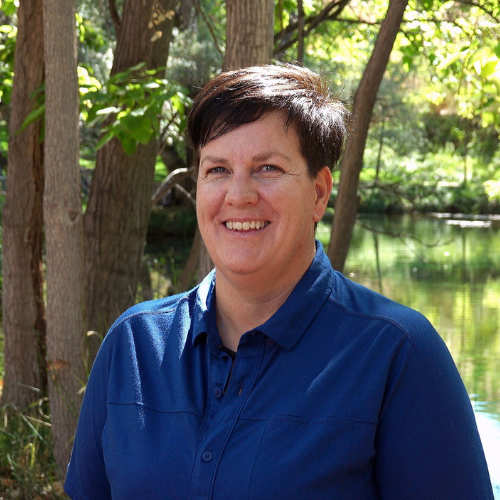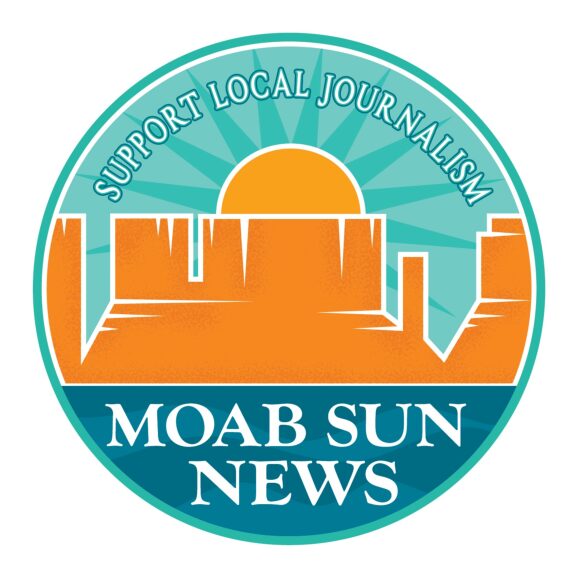Science Moab talks with Cris White, eclipse coordinator for the Earth to Sky Interagency Partnership
In October, an annular solar eclipse will be visible from Southeast Utah. We talk with local Cris White, Eclipse Coordinator for the Earth to Sky Interagency Partnership, about how lucky we are to live at a time where solar eclipses are visible and the many scientific activities that will be happening in conjunction with the eclipse.
Science Moab: What is an “annular” solar eclipse?
White: During an annular eclipse, the Moon is the farthest away from Earth as it can be—therefore, the moon does not appear large enough to cover the full disk of the Sun. So during this type of eclipse, instead of seeing a corona, you see a ring of Sun around the silhouette of the moon. That ring is basically where we get the name annular eclipse. Annulus means ring in Latin. This October in Moab, we’ll be able to see a 90% partial eclipse; further south in Blanding and Bluff, people will be able to see the full ring of fire around the moon.
Science Moab: The annular eclipse will be brighter than a total eclipse, so how would you recommend people view it?
White: With an annular eclipse, because the Sun is always visible around the moon, you have to always wear solar viewers, or some kind of solar protection. The best place to get viewers is the American Astronomical Society: on their eclipse page online, they sell certified viewers that are safe.
If you’re using a camera or a telescope, you should have solar filters that are fitted to those pieces of equipment to be safe. Alternatively, you can make a pinhole projector to view an annular eclipse—there’s instructions all over online on how to do that. Just remember to put the pinhole toward the Sun and you look away!
Science Moab: Are you doing anything special to promote or prepare for the annular eclipse this October?
White: Earth to Sky supports one National Park for each eclipse. In October, we will be at Mesa Verde National Park with a group from NASA’s Solar System Exploration Division and a citizen science project called Globe Observer.
We are living in this most beautiful time because we can see total eclipses. In the future, the moon will have moved far enough away from Earth that you will no longer get total eclipses; they’ll all be annular eclipses. The moon is moving away from us probably just slightly slower than your fingernails would grow in a year. So it’s not significant, but it’s enough that eventually, it will be far enough away from Earth that we won’t get total eclipses anymore.
Science Moab: Are there any kind of science experiments or activities that NASA is planning to conduct during this year’s eclipse?
White: Science Activation, a program of NASA, has a lot of different citizen science projects dealing directly with eclipse efforts. Globe Observer is a wonderful citizen science project you can do anytime: During the eclipse, you monitor the changes in temperature and cloud cover through the entire Eclipse, and if you can put a wind sock up, or you have a weather station, they are also interested in changes in wind direction. All that data is very valuable to them.
Then we also have the NASA Solar System Ambassadors, who are found all over the US and the world. I’ve been a Solar System Ambassador for three years—it’s a volunteer position with the Jet Propulsion Laboratory, and we get 45-50 hours of training from other scientists and engineers that work throughout NASA’s network of centers. In return, we go out and do presentations for our local communities, or wherever we get called to. It’s fantastic!
Science Moab is a nonprofit dedicated to engaging community members and visitors with the science happening in Southeast Utah and the Colorado Plateau. To learn more and listen to the rest of this interview, visit www.sciencemoab.org/radio.




